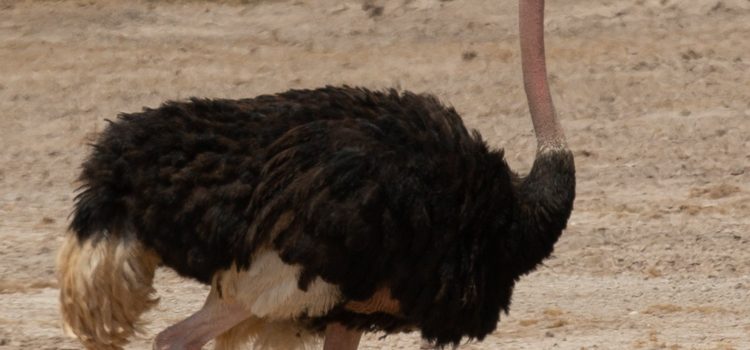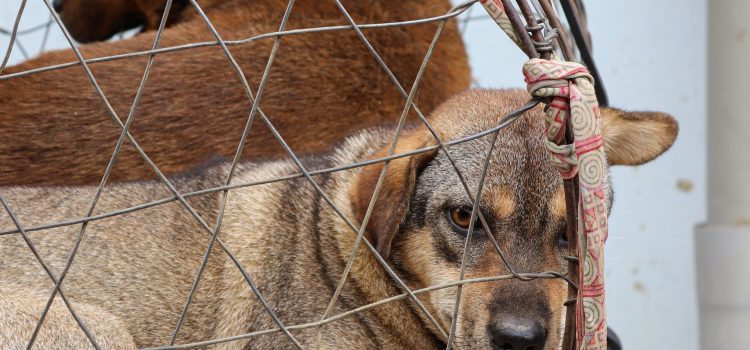
Crocodiles, the living relics of the prehistoric era, have mesmerized scientists and nature enthusiasts for centuries. These ancient reptiles have survived for millions of years, adapting and evolving to thrive in diverse environments around the world. In this article, we will delve into the fascinating journey of crocodiles, tracing their evolution and adaptation from their prehistoric past to their present-day existence. Through a lens of scientific research and evolutionary biology, we will uncover the mysteries of how these ancient creatures have managed to persist and thrive in an ever-changing world.
Ancient Origins and Evolutionary History: The history of crocodiles dates back to the Mesozoic Era, over 200 million years ago. Fossil records reveal that early crocodiles were terrestrial, with elongated bodies and limbs adapted for land-dwelling. Over time, they evolved to adapt to aquatic habitats, developing streamlined bodies, webbed feet, and specialized respiratory systems that allowed them to thrive in water. Their ability to adapt to different environments and ecological niches has contributed to their longevity as a group of reptiles.
Adaptations for Survival: Crocodiles possess an array of remarkable adaptations that have contributed to their survival and success as apex predators. Their powerful jaws, filled with sharp teeth, are well-suited for capturing and devouring prey. Their armored bodies and tough, scaly skin provide protection against potential threats. Their acute senses, including keen eyesight and acute hearing, make them highly efficient hunters. Their unique reproductive strategies, including parental care and nesting behaviors, further enhance their survival and reproductive success. Studying these adaptations provides valuable insights into the evolutionary success of crocodiles.
Ecological Roles and Ecosystem Services: Crocodiles play crucial ecological roles in the ecosystems they inhabit. As top predators, they help regulate prey populations, maintaining the balance of ecosystems. Their nesting behaviors and digging activities create habitats for other species, contributing to biodiversity. Additionally, crocodile populations can serve as indicators of ecosystem health, reflecting the overall condition of their habitats. Understanding the ecological roles and ecosystem services of crocodiles is vital for conservation and management efforts aimed at preserving these ancient reptiles and their habitats.
Conservation Challenges and Efforts: Despite their remarkable adaptations and ecological importance, crocodiles face numerous conservation challenges. Habitat loss, pollution, climate change, and human-wildlife conflicts pose threats to their survival. Illegal hunting and poaching for their skins and other body parts also threaten some crocodile species. Conservation efforts, including habitat preservation, scientific research, and community-based conservation initiatives, have been critical in conserving crocodile populations. International agreements, such as the Convention on International Trade in Endangered Species of Wild Fauna and Flora (CITES), have also played a role in regulating and protecting crocodile populations. However, continued efforts are needed to address the ongoing conservation challenges faced by crocodiles.
Conclusion: From their prehistoric origins to their present-day existence, crocodiles have persevered as ancient survivors. Through millions of years of evolution and adaptation, they have managed to thrive in diverse environments, playing important ecological roles and capturing our imaginations. However, they also face ongoing conservation challenges that require sustained efforts for their protection and preservation. Studying their evolutionary history, adaptations, ecological roles, and conservation efforts can help us better understand and appreciate these enigmatic reptiles. As we continue to unlock the mysteries of their past and work towards securing their future, crocodiles stand as a testament to the resilience and beauty of our natural world.

















